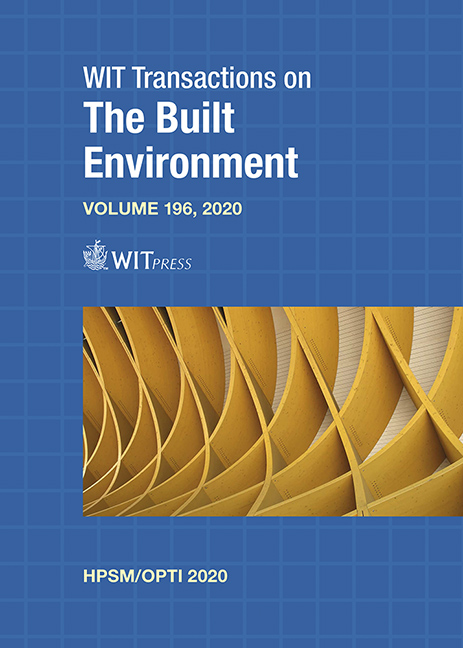REVIEW OF AUTOGENOUS AND AUTONOMOUS SELF-HEALING CONCRETE TECHNOLOGIES FOR MARINE ENVIRONMENTS
Price
Free (open access)
Transaction
Volume
196
Pages
8
Page Range
31 - 38
Published
2020
Paper DOI
10.2495/HPSM200041
Copyright
WIT Press
Author(s)
MARWAN SUHAIL SUNAKH ZABANOOT
Abstract
Most structures use concrete as a main material in their construction work. Despite its low cost and high compressive strength properties, it suffers from disadvantageous cracks on surfaces when it is hardened, which be costly to repair. Europe spends almost half of its construction budget annually on structure repairs. Fortunately, today’s science had reached a level of engineered solutions to experimentally overcome this dilemma. In order to reduce the repair expenses of concrete cracks, a solution of self-healing concrete is introduced. The process of self-healing cracks in hardened concrete depends on including – in most cases – agents in the cementitious compositions such as minerals, bacteria and microcapsules containing adhesive materials. The actual challenge to be faced is when it comes to concrete construction in marine environments like seashores, such aggressive mediums uncover various considerations due to the biological and chemical behaviors in those places. This paper aims to provide a literature body based on research to review different types of self-healing technologies and their durability for reinforced concrete (RC), especially for structures in marine environments in both approaches: autogenous and autonomous. As seen from the literature body, the concluded methods for healing concrete cracks include the Ground Granulated Blast Furnace Slag (GGBFS), partially substituted with cement in the mixture. In addition to that, the utilization of the autonomous Bactria-based self-healing is another smart method that the literature lately revealed.
Keywords
self-healing concrete, autogenous, autonomous, marine environments, GGBFS, SAP particles, polyurethane





